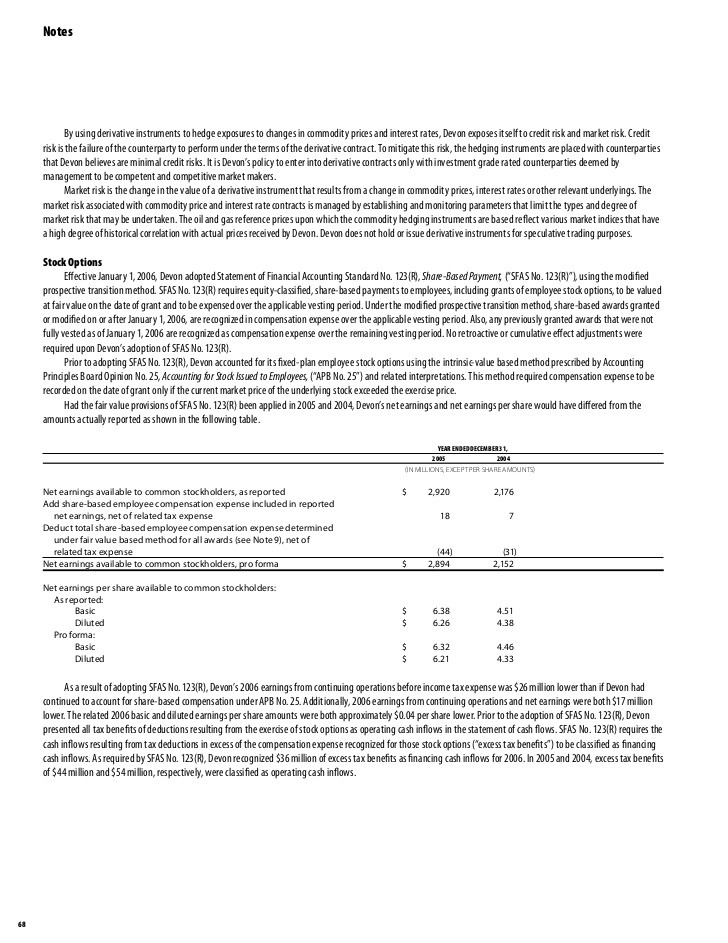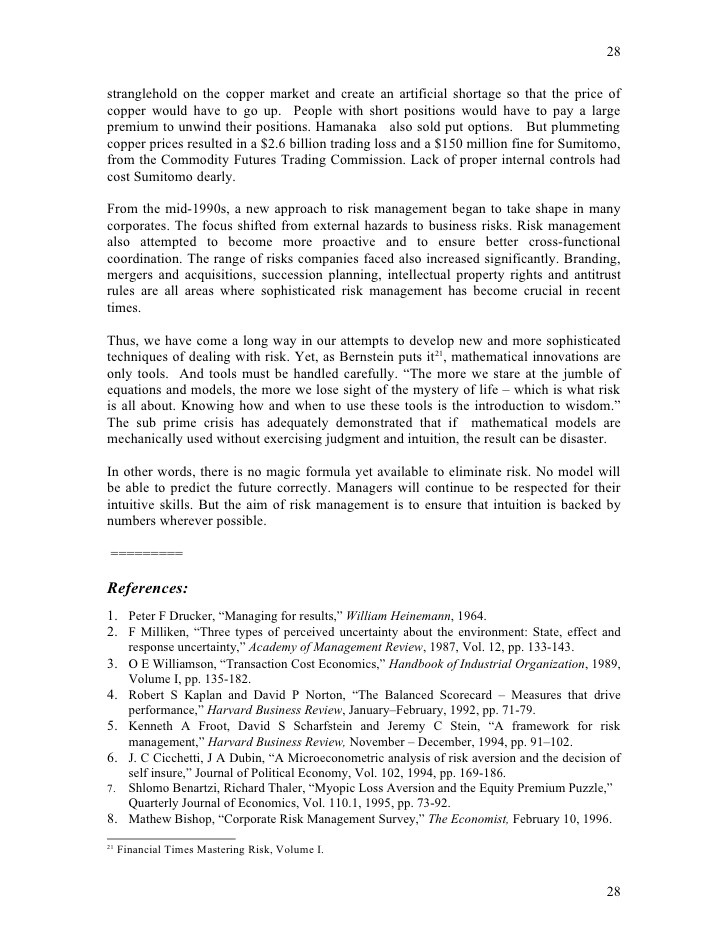The Use of Futures Contracts to Hedge Commodity Market Exposure by Taylor Jeremy Journal
Post on: 21 Май, 2015 No Comment

Article excerpt
If a bank’s clients are exposed to the often volatile price changes in a commodity market, how are they, or might they be, making use of futures contracts to minimize that exposure? This article addresses that issue as well as the advantages and disadvantages of futures markets compared with alternative hedging options and the credit risk implications for futures contracts.
Across the U.S. economy, the number of businesses either buying from or selling into commodity markets is huge. So is the potential effect of fluctuations in those markets on financial statements. That effect can be reduced, perhaps substantially so, by a variety of hedging techniques.
Some companies, such as processors, may obtain an element of natural insulation — a natural hedge — against price fluctuations because they both buy and sell into markets exhibiting similar price variability. An aluminum producer buying bauxite, for instance, will likely see some correlation between costs (from bauxite purchases) and revenues (from aluminum sales), offering some — although only very limited — margin protection.
Hedging can be achieved in other ways as well:
* A forward contract can be as simple as an agreement between a buyer and a seller of a commodity. The agreement fixes in advance the price — as well as the quantity, quality, and other parameters of a transaction — to occur at some specified future date. A financial institution may act as counterparty, providing a fixed-price purchase or sales commitment and balancing off the associated price risk by entering a similar transaction on the other side of the market (or, more likely, many such transactions on both sides of the market).
* Futures contracts are more similar to forwards than they first appear. This is discussed more in detail later in this article.

* Increasingly, financial market innovation is producing new hedging instruments, such as futures options and commodity swaps, to compete with the more established futures and forwards.
Futures Markets: The Basics
Commodity futures, relatively well established in the U.S. are a device for locking in the future price of a commodity and thereby shifting market risk onto counterparties with greater capacity and willingness to bear that risk. Perhaps the most important difference between a futures and a forward contract is that futures are traded on organized exchanges rather than over-the-counter (OTC). This means that the one-on-one customization of forwards contracts is sacrificed to achieve the liquidity and efficiency of high-volume futures trading. It is the rigidity in futures contracts, together with these markets’ close regulation by the Commodity Futures Trading Commission, that has slowed their growth relative to their OTC competition. One important procedural difference between futures and forwards is that futures market accounts are marked-to-market each day, meaning that the position is calculated on each contract as if it were being closed out, that is, there is daily recognition of the profit or loss compared with the previous day. Sufficient cash margin must be maintained to cover a stipulated portion of the contract’s daily-revised value.
Futures market transactions involve either a long position, meaning the purchase of a futures contract to lock in the price on a future purchase of the underlying commodity, or a short position, meaning the sale of a futures contract. A futures transaction can be used to cover an existing exposure in the underlying commodity (= hedging) or to create an open position to profit from what the participant believes will be a different movement in prices from what existing futures prices are indicating (= speculating). To this list could be added arbitrage, which profits from any pricing discrepancies that arise between one market (for example, spot) and another (for example, future) that are large enough to cover the costs of financing and storing the commodity until the future date. …














